As a housekeeping product in the family, [Car History] has always been synonymous with sports cars. Although it seems to be extremely beautiful and brilliant now, if you know the history of Mazda 3, you will find that Mazda 3 once had an extremely difficult and bumpy development road. Now it is the time when it is listed in China. Let’s talk about the development history of Mazda 3 with you.
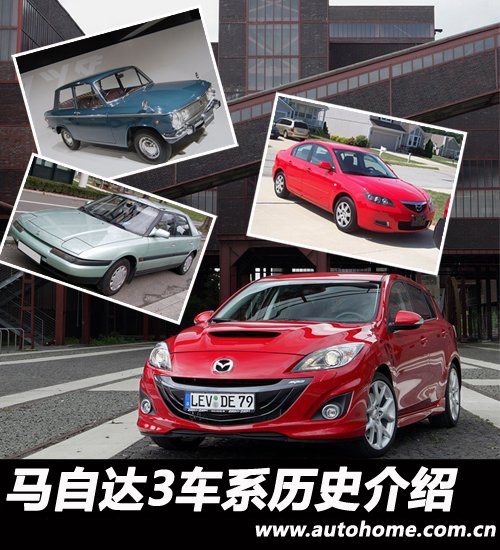
● The relationship between Axela/ Mazda 3 and Familia/ Mazda 323
Naming differences between Japanese native and overseas models
Before we know the history of Mazda 3, the editor thinks it is necessary for us to sort out some naming methods of Mazda 3, because in the development history of Mazda 3, it used many naming methods, such as Axela, Familia, Mazda 323, 00, Mazda 1000 and so on.
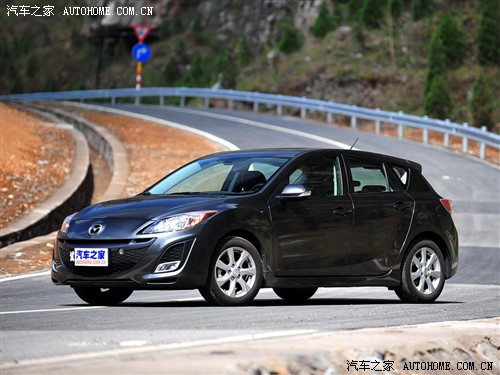
Mazda 3 is called Axela』 in Japan.
According to the custom of Mazda, a Japanese car factory, most of its cars will have two names, which are used to distinguish the domestic and export versions. Therefore, the real name of Mazda 3 should be Mazda Axela. The "3" in Mazda 3 in overseas markets is used to distinguish the physique of the vehicle, and the size of the number is directly proportional to the body shape, such as Demio, which is nicknamed Mazda 2, and Atenza, which is nicknamed Mazda 6.
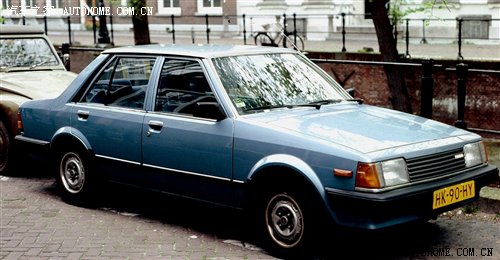
Mazda 323 (the predecessor of Mazda 3) is called Familia』 in Japan.
Familia is actually the predecessor of Mazda 3, and it also has two names in Japan and abroad. The domestic name Familia comes from the etymology of "family" in Spanish, which means a family car with the same fun. There are many ways to name the export, such as 800, 1000, 1200, 1300, etc. At first, after the acquisition of 20% shares of Mazda in 1980, the fourth generation of Familia replaced the old way of naming the export version with Mazda 323, and in the following period, 323 became the most widely recognized name.
● The first generation of Familia(1963-1968)
Positioning small and medium-sized family cars/successfully testing water after launch

Mazda R360』
In the early 1960s, Mazda began to build some light cars, among which the classic Mazda R360 and Mazda 700 were born under such market conditions. Among them, Mazda R360 was born in 1960, when the price was only about 300,000 yen, and the sales volume soared after listing, and once exceeded 4,000 units in a single month. Mazda 700 was first released in 1961. It was positioned as a small and medium-sized family car, surpassing the traditional light car in all aspects, and also achieved good results in the market at that time. It is the test of these two models that laid a solid market foundation for the Familia series that will debut in the future.
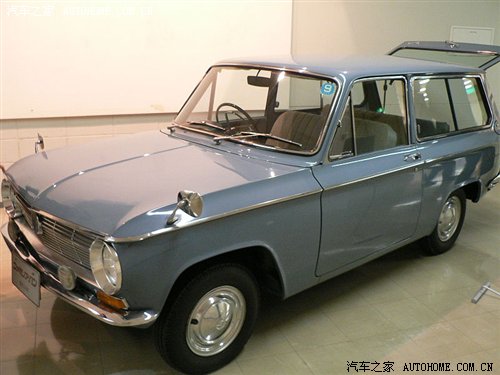
"The First Generation Familia Travel Edition"
In October 1963, the first Mazda Familia was born, which originated from the famous Italian design -(Giorgetto Giugiaro. At first, Familia was only introduced as a commercial two-door sedan. Until April 1964, a two-door sedan based on Familia Travel Edition was officially launched. In October and November of the same year, four-door versions of Familia and Familia were also launched. At that time, the two-door Familia body design was inspired by Corvair, and the four-door model was also added with fog lights and more chrome decoration.
Remarks:Georgie Giorgetto not only designed Mazda Familia, but also designed many classic models, such as 250, bora and so on. Even the camera body of Nikon and the Apple computer were designed by him.
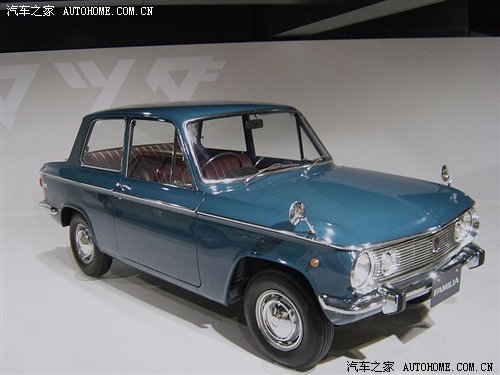
"The first generation Familia four-door sedan version"
In terms of body size, the length, width and height of Familia four-door sedan version are 3700mm/1465mm/1385mm and 2190mm respectively. The weight of the car body is only 720kg. Although it seems that the size of this car body is almost the same as that of QQ now, it really wasn’t in Japan at that time.
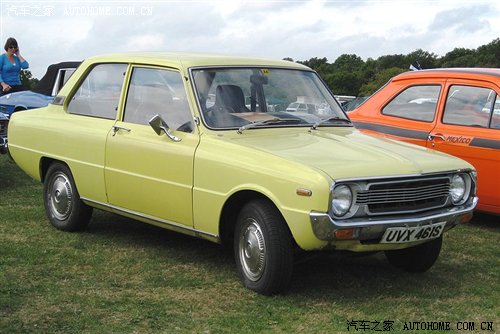
"First Generation Familia Two-door Edition"
Initially, the first generation Familia was equipped with a 0.8L four-cylinder engine with a maximum of 42 HP (31 kW) and a maximum of 59 Nm. By 1966, this engine had undergone a re-training, with a maximum power of 45 HP (33 kW) and a maximum torque of 62 Nm. In November 1965, Familia also introduced a brand-new 1.0L displacement engine model, which has a maximum power of 52 HP (38 kW) and a maximum torque of 78 Nm. It is precisely because of the different displacement that Familia was also called Mazda 800 and Mazda 1000 overseas. In addition, it is worth mentioning that the driving forms of the first generation Familia models all adopted the new layout.
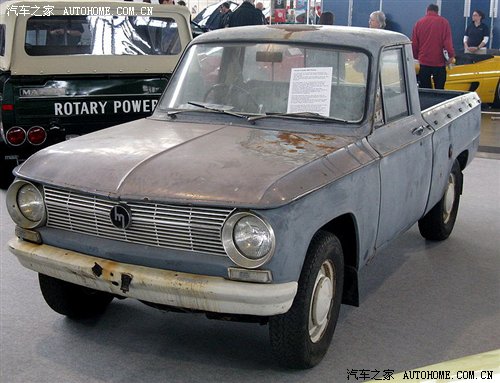
"First Generation Familia Pickup Edition"
The first generation familia sedan version was produced until November 1967, while the travel version lasted until February 1968. In terms of sales volume, the first generation familia sold a total of 400,000 units in Japan, including overseas, of which the car version accounted for 130,000 units. At that time, the first generation of familia was not only sold locally in Japan, but also exported to Australia and some Oceania countries in New Zealand.
● The Second Generation Familia(1967-1977)
Launch a car model/start landing in the US market
The first generation Familia, which was produced in the form of water testing, was only put into production for five years, while the second generation Familia, code-named FA3, was officially released at the end of 1967. Also on the second-generation Familia platform, a number of models have been launched, including 3-door travel version, 2-door sedan, 4-door sedan and 2-door pickup version. In terms of power, the second-generation model is still equipped with the 1.0L engine of the first-generation model.
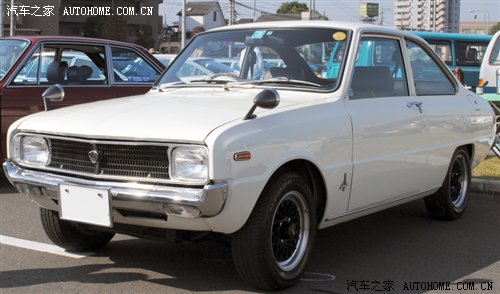
"The Second Generation Familia Two-door Edition"
In terms of vehicle model changes, the overall appearance of the second-generation model has been simply redesigned, including the cancellation of the triangular window next to it, the wheelbase of the car body has increased by 40mm compared with the first-generation model, reaching 2260mm, and the headlights have also become square lights. Moreover, from the second generation model, Familia has officially started to land in the American market.
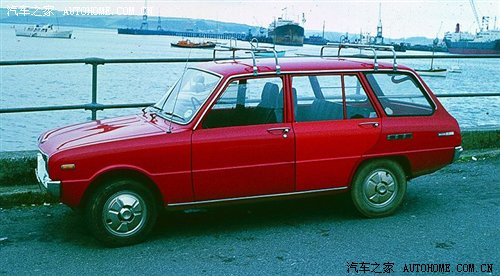
"The Second Generation Familia Travel Edition"
It is particularly worth mentioning that in June 1968, Mazda released a Familia equipped with a rotary engine, and the development code was "0820", which was called Familia Rotary in Japan and Mazda R100 in overseas versions. This car is based on the second generation Familia, and adopts a double-door design. The maximum power of the engine is 100 HP (74 kW) and the maximum torque is 125 Nm. However, due to the imperfect rotor engine technology at that time, the fuel consumption was extremely high and frequent failures, we had to replace it with a 1.2L inline four-cylinder TB engine with a larger exhaust capacity in September of the same year, and the overseas version was called Mazda 1200, and participated in this year’s Paris International Auto Show.
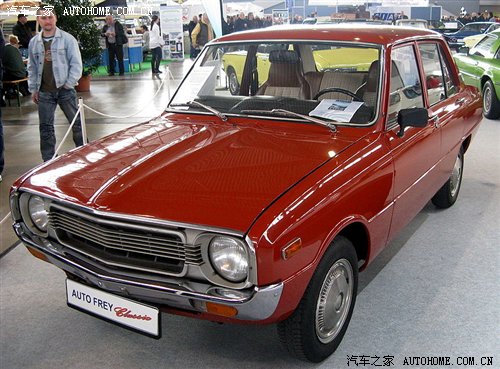
"The second generation Familia four-door sedan version"
On the power of the 1.2L engine launched in 1968, its maximum power reached 58 HP (43 kW) and its maximum torque reached 127 Nm. In 1970, two years after the launch of the 1.2L model, Mazda also launched a 1.3L model for Familia, with its maximum power of 69 HP (51 kW) and maximum torque of 91 Nm. When the 1.3L model was launched, the second generation Mazda had a new name: "Familia Presto". However, the overseas version still continues to use the naming method of displacement, calling it Mazda 1200 and Mazda 1300.
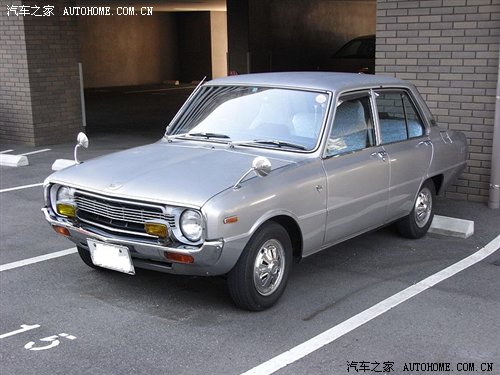
"the second generation Familia four-door sedan version after the change"
In 1973, the second generation Familia experienced a major change, and the appearance of the new car changed greatly. The engine of the previous model was continued in power, and the model code was still FA3. There are three models of 4-door /2-door /2-door coupe mainly targeted at this change, and the travel version is not among the models of the change.

"The second generation Familia Presto』 after the change"
Familia, after the appearance change, has a big change in the front face and a redesigned rear line. Familia continues to use the name of Familia Presto in Japan, while it is called Mazda 808 in New Zealand, Australia and other Asia-Pacific regions. However, the European region changed its name to Mazda 818 (it is said that it was renamed to 818 to avoid the similarity with the company’s naming method).
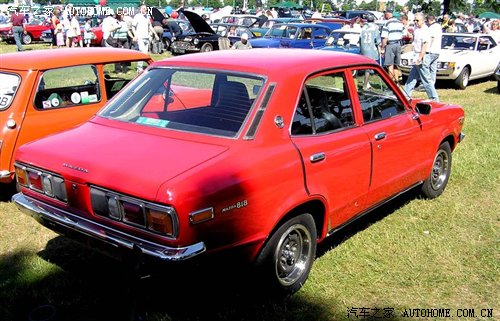
"The tail of the second generation Familia Presto after the change"
However, in order to cope with the automobile exhaust emission regulations promulgated in the 51st year of Showa (1976) in Japan, Familia Presto had to make a change in the same year. At the same time, the 1.0L version was cancelled in Japan, and the whole system was equipped with a 1.3L engine. Mazda named it Familia Preso 1300AP (anti-polarization), but this 1300AP only existed for one year.